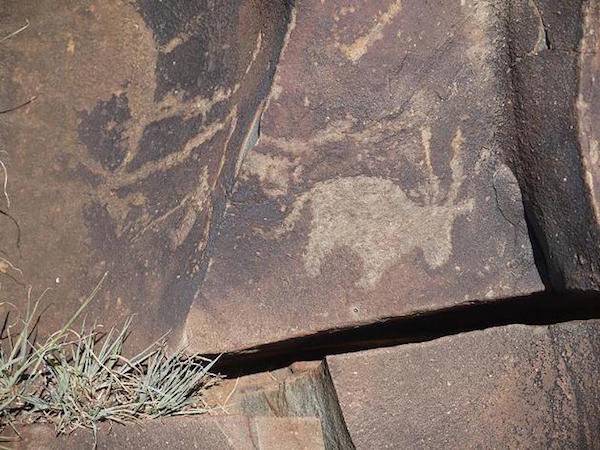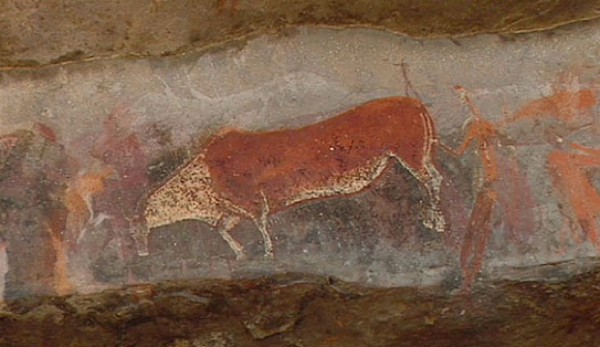Art World
Scientists Race to Save Africa’s Unique Rock Art


Henri Neuendorf


Scientists at South Africa’s University of Witwatersrand are documenting cave-paintings around the continent.
Photo: Sinika Tarvainen/dpa via Focus
Experts estimate that there are over 100,000 prehistoric rock paintings in Africa. However, facing exposure to the elements of nature, animals, and man, the markings may soon be lost forever.
Siyakha Mguni from the University of Witwatersrand in Johannesburg, South Africa, and his team at the university’s institute for cave paintings find themselves in a race against time to catalog and interpret these spectacular artworks created by the San people. So far they have documented about 3,000 images.
The San people are considered the earliest inhabitants of southern Africa and count amongst the oldest civilizations in the world. Rock art by this ancient, indigenous tribe has been discovered in Namibia, Botswana, Lesotho, Swaziland, Mozambique, Angola, and South Africa, and paintings can be up to 27,000 years old.

The cave paintings are threatened by the elements.
Photo: Bradshaw Foundation
According to Mguni, these are some of the oldest religious paintings in the world. For several years, they were dismissed as the scribbles of a primitive people, and researchers have only begun to seriously analyze the paintings during the 20th century. By the 1980s, a consensus emerged that the works had a much deeper meaning.
“The San rock paintings represented the core of their faith and world view,” Mguni told Focus. However, “we don’t exactly know which materials the artists used,” he explained, adding that making copies may be the only way to retain the images.

Many of the paintings have religious meanings.
Photo: fastcodesign.com
The institute is using cutting edge 3D laser scans combined with ultra high resolution photography to create virtual copies of the artworks. With help from the African Conservation Trust, the institute has created 87 virtual copies which have been made accessible online.
Related stories:
World’s Oldest Artwork Discovered in Indonesia
20,000 Year Old Rock Paintings Discovered in Remote Colombian Jungle